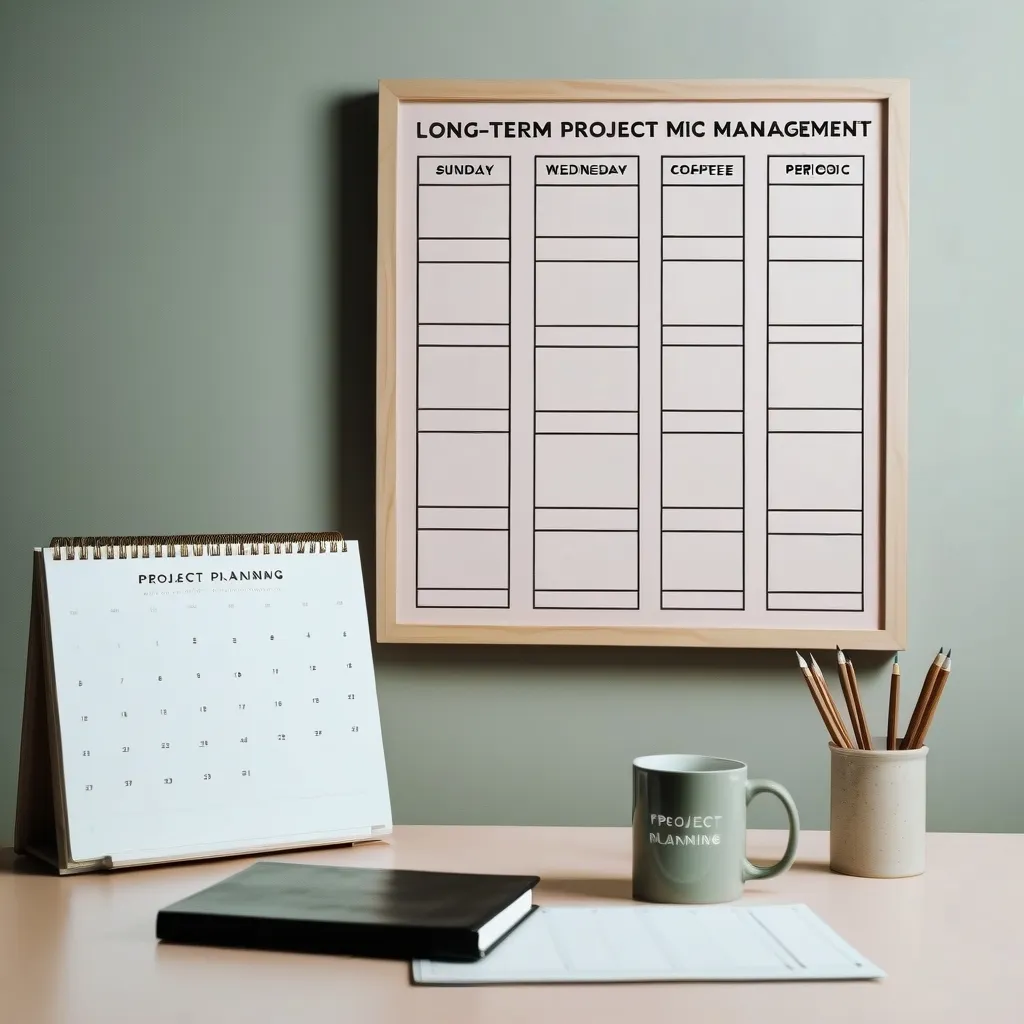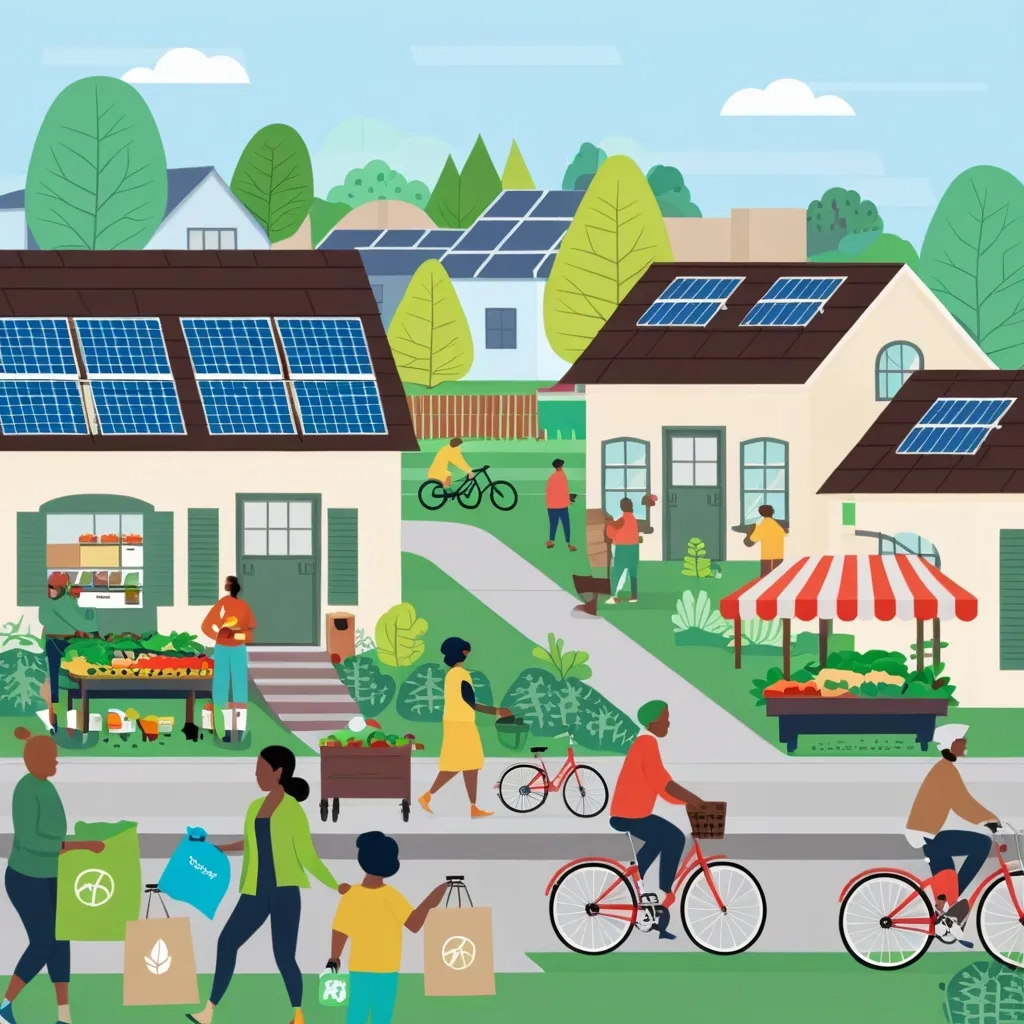Mastering the Art of Contextual Task Batching: A Game-Changer for Productivity
Ever feel like you’re drowning in a sea of tasks, frantically paddling between emails, calls, and project work but making little headway? We’ve all been there. It’s like trying to juggle flaming torches while riding a unicycle - impressive if you can pull it off, but not exactly efficient.
Enter contextual task batching, the productivity superhero we didn’t know we needed. It’s not just another fancy time management trick; it’s a total game-changer that can transform your workday from a chaotic circus into a well-oiled machine.
So, what’s the deal with contextual task batching? Imagine grouping similar tasks together and knocking them out in dedicated time blocks. It’s like creating a playlist for your work - you wouldn’t mix heavy metal with classical music, right? Same idea here. By focusing on similar tasks in succession, you’re giving your brain a break from the mental gymnastics of constant context-switching.
Think about it - our brains aren’t built for multitasking. Every time we switch from one task to another, there’s a tiny mental hiccup. It might seem insignificant, but those hiccups add up, leaving us mentally exhausted and less productive. Task batching is like giving your brain a smooth, uninterrupted ride instead of a bumpy rollercoaster.
But wait, there’s more! Task batching is also a secret weapon against decision fatigue. You know how some successful people wear the same outfit every day? They’re onto something. By planning your work in batches, you’re cutting down on the mental energy spent deciding what to do next. It’s like meal prepping for your brain - you’ve got your work “meals” all planned out, so you can focus on actually doing the work instead of figuring out what to do.
Now, let’s talk about getting into the zone. You know that feeling when you’re so focused, you lose track of time? That’s deep work mode, baby, and task batching is your express ticket to getting there. By dedicating longer, uninterrupted blocks of time to similar tasks, you’re giving your brain the chance to really sink its teeth into the work. It’s like giving your mind a chance to warm up and hit its stride, instead of constantly stopping and starting.
But how does this actually play out in real life? Let’s say you’re a content creator. Instead of jumping between research, writing, and editing throughout the day, you batch these tasks. Maybe you dedicate your morning to research when your mind is fresh, your afternoon to writing when your creative juices are flowing, and your evening to editing when you’re in a more critical mindset. It’s like aligning your tasks with your natural energy flows - pretty smart, huh?
Now, I know what you’re thinking - “But what about unexpected tasks and interruptions?” Fair point. Life doesn’t always fit neatly into our plans. That’s where flexibility comes in. Task batching isn’t about rigid schedules; it’s about creating a framework that can bend without breaking. Maybe you keep some buffer time in your schedule for those curve balls life loves to throw at us.
Implementing task batching isn’t rocket science, but it does take a bit of planning. Start by categorizing your tasks. Maybe you’ve got admin stuff, creative work, communication tasks, and research. Then, allocate time blocks for each category based on when you’re at your best. Morning person? Save your most demanding tasks for then. Night owl? Flip the script.
Creating the right environment is key too. When it’s time for your email batch, close those other tabs and turn off notifications. You’re entering the email zone, and nothing’s going to distract you. It’s like creating a little bubble of focus - just you and your inbox, duking it out.
Combining task batching with other productivity techniques can take things to the next level. Ever tried time blocking? It’s like task batching’s best friend. Block out time in your calendar for your batches, and suddenly, you’ve got a visual roadmap of your day. It’s oddly satisfying, trust me.
Now, let’s talk about the elephant in the room - challenges. Yeah, task batching isn’t always smooth sailing. Sometimes you might underestimate how long something will take, or an urgent task might crash your carefully planned party. But here’s the thing - it’s all about learning and adjusting. Maybe you need to build in more buffer time, or perhaps some tasks need their own dedicated batch. It’s a process, and that’s okay.
One of the coolest things about task batching is how it can work for teams too. Imagine a world where everyone’s on the same page about when to collaborate and when to hunker down for focused work. It’s like a productivity symphony, with everyone playing their part at the right time.
At the end of the day, contextual task batching is about working smarter, not harder. It’s about giving your brain the best possible environment to do its thing. And let’s be real - who doesn’t want that?
So, next time you’re staring down a mountain of tasks, resist the urge to dive in randomly. Take a step back, group those bad boys together, and tackle them in batches. Your future self will thank you when you’re cruising through your to-do list with the efficiency of a productivity ninja.
Remember, it’s not about perfection - it’s about progress. Start small, be flexible, and keep refining your approach. Before you know it, you’ll be batching tasks like a pro, leaving others wondering how you manage to get so much done without breaking a sweat.
So, are you ready to give contextual task batching a shot? Trust me, your brain (and your to-do list) will love you for it. Now, if you’ll excuse me, I’ve got a batch of writing tasks to tackle. Catch you on the flip side, productivity warriors!






